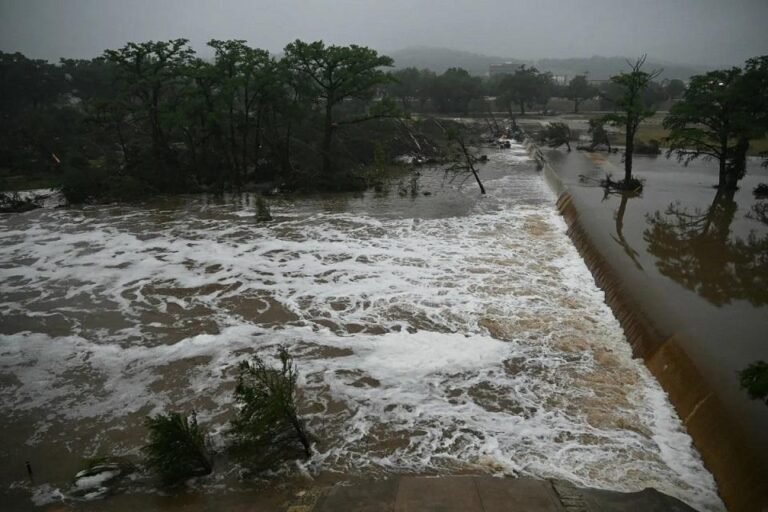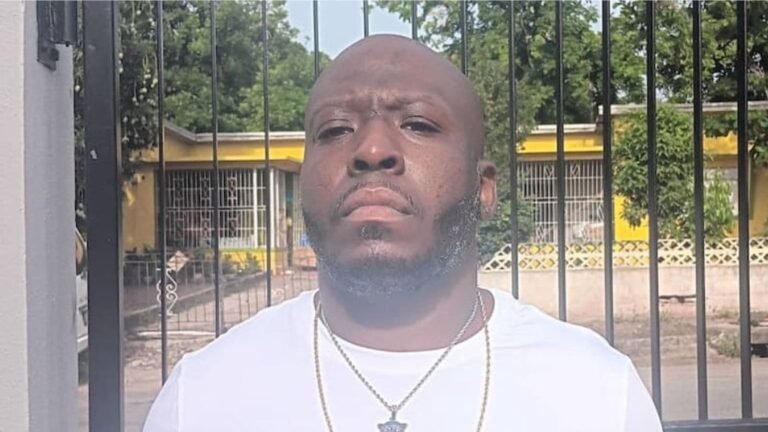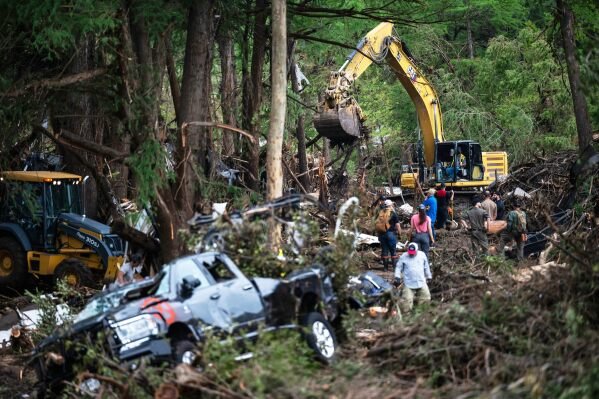A younger version of Salcedo couldn’t imagine being surrounded by trans immigrants like herself in such a large celebration. When she arrived in the United States about four decades ago, she oscillated between the streets, jail, and immigration detention as stable employment and housing were hard to find.
Those challenges led her to help start TransLatin@ Coalition, an organization and support network dedicated to trans and gender non-conforming immigrants which has provided a refuge for many.
A month into the new Trump administration, Salcedo says the memories of that party do little to soothe her in the face of a government that is working to push her, and others like her, back into the shadows. In the past weeks, she has been focused on preparing to defend transgender immigrants, her community, and the people she loves the most, who fear for their safety and their health in the US – and for some, the possibility of deportation.
Many trans immigrants say violence and vitriol continued to escalate during the Biden administration, which had some of the highest deportation rates since 2014. Last year, TransLatin@ Coalition’s office received a bomb threat from a man who police say was also planning to attack a Pride parade.
But they feel the Trump administration is now singling them out with a level of hostility that wasn’t seen in his previous term.
“It’s very clear that the federal government has a specific initiative to target members of our community,” Salcedo said. “We, as an organization, are fighting like hell to make sure that our community is supported, protected, and taken care of, but the messages that people are getting from the federal government has [sic] an impact on people’s minds and people’s spirits.”
So far, President Donald Trump has launched a nationwide immigration crackdown and signed multiple executive orders impacting transgender people. Those include banning transgender service members from serving in the US armed forces, ending federal support for minors’ gender transitions, and reversing efforts to broaden gender identity designations. They also come after Trump spent part of his campaign outlining how he would target these communities.
Calls to TransLatin@ Coalition have at least doubled since Trump came into office with people trying to figure out how those policies have the potential to impact them, Salcedo said.
CNN has reached out to the White House for comment about the concerns expressed by trans immigrants and advocates.
Approximately 174,200 transgender immigrants are estimated to live across the US and around a quarter of them live in California, according to a 2024 report from the Williams Center, the UCLA School of Law LGBT-focused public policy research center.
Seventy-two percent of transgender immigrants in the US identify as people of color, with 38% being Latinx, 33% non-Hispanic Asian and 29% being White, the study showed.
Although no policies have been announced targeting transgender immigrants specifically, their overlapping identities put them uniquely at risk for violence, and potentially even death, some experts told CNN.
“It’s important to consider that trans immigrants are experiencing an enhanced experience of discrimination because we have in our country this anti-trans and anti-immigrant rhetoric of policies,” said Luis R. Alvarez-Hernandez, an assistant professor at Boston University School of Social Work. “So they are at the intersection of both crucial moments in our policies.”
The biggest risks: deportation and detention
Many transgender immigrants have come to the US fleeing high rates of violence and persecution against their community in their home countries. In the past, some have joined caravans of migrants, traveling thousands of miles through Mexico to reach the US border.
If they were to face deportation, it could become a matter of life and death, Salcedo said.
“I think ultimately the biggest fear is for them to lose their lives, right?” she said.
At least 350 trans and gender-diverse people were reportedly killed across the globe between October 2023 through September 2024, according to the Trans Murder Monitoring project. At least 70% of those deaths were reported in Latin America and the Caribbean, the data shows.
Mexico, where many of the people CNN spoke with are from, has the second highest homicide rate for transgender people globally, according to the Trans Murder Monitoring project. However, experts and advocates said trans immigrants from across the world face similar violence. El Salvador, Guatemala, and Honduras also have high levels of violence against LGBTQ people, which is exacerbated by gang violence in those countries, according to a 2017 Amnesty International report.
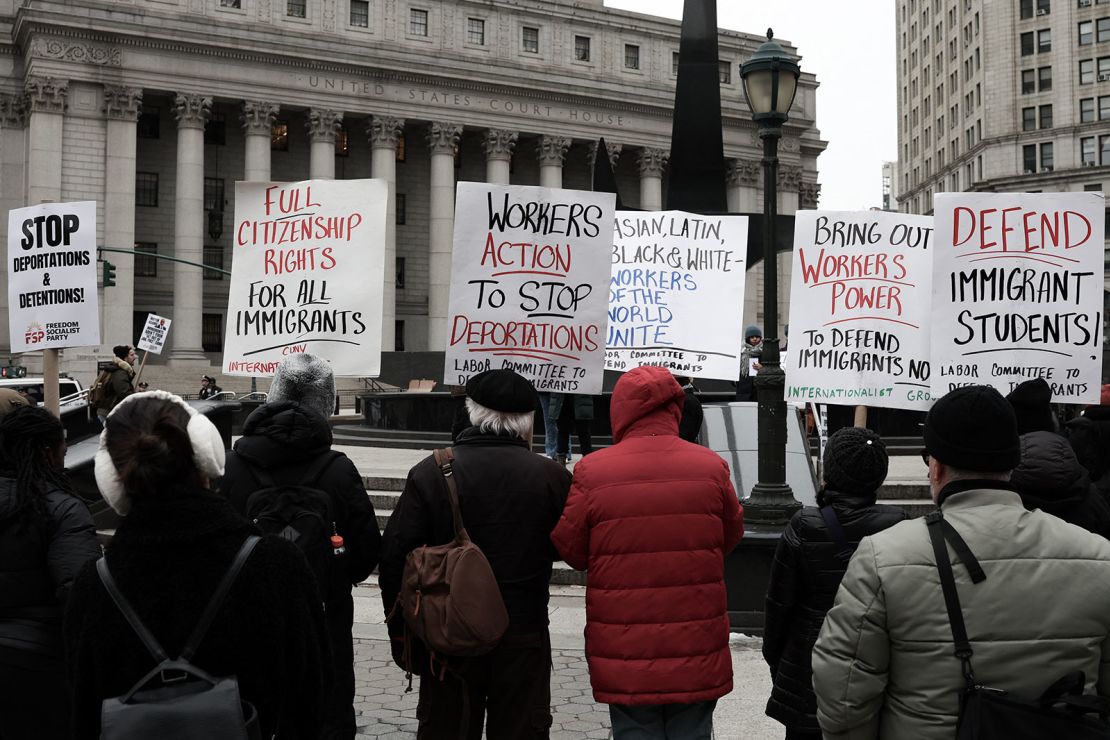
During the first Trump administration, Alvarez-Hernandez worked as a clinical social worker in Atlanta and heard how fearful many of his trans immigrant clients were of being sent to the violent environments of their home countries.
“Their fears are not unfounded. We have a long history of news out there following trans immigrants (who) have been sent back to the(ir) countries of origin and then have been killed there,” he said.
Returning to those conditions seems unfathomable to many trans immigrants, and being detained in immigration detention centers seems equally terrifying.
People in detention often lack medical and mental health care and suffer discriminatory treatment, conditions that have led to “largely preventable deaths,” according to a 2024 report from the National Immigrant Justice Center.
Li Ann Sanchez, a transgender woman from southern Mexico who runs a trans immigrant rights group in Atlanta, described her experience at an immigrant detention center as “something I wouldn’t wish upon my worst enemy.”
“The fear is huge because we’re so vulnerable and anyone can attack us, and your rights are lost,” Sanchez said in Spanish.
Sanchez, who was in detention in 2012, said “female officials would tell me that I was not a woman, and that I would never truly be a woman.”
CNN reached out to Immigration and Customs Enforcement for comment regarding Sanchez and Salcedo’s experiences in detention and advocates’ reports on detention conditions.
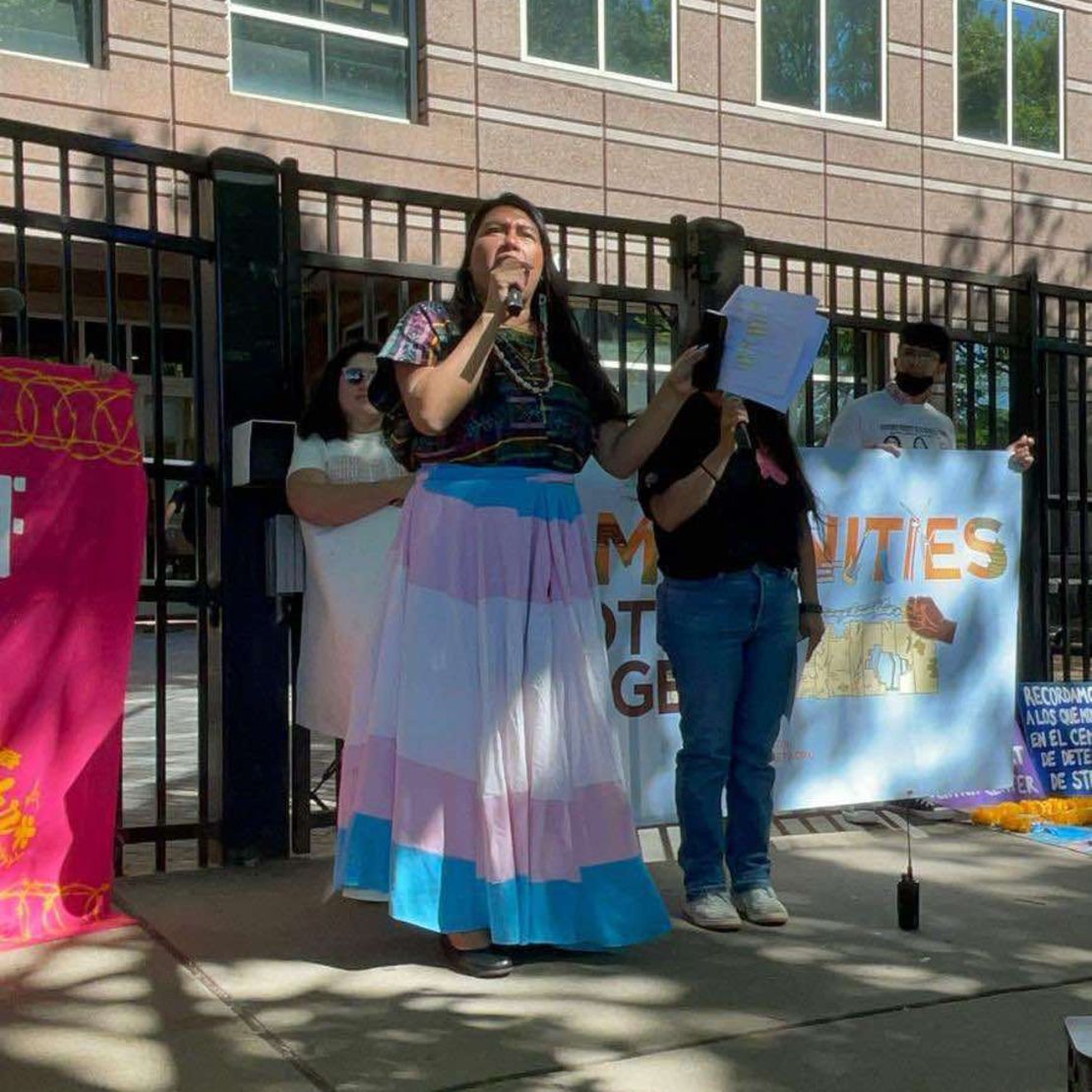
In a 2015 ICE memorandum shared by Tom Homan, the agency’s then-executive associate director who is now Trump’s appointed “border czar,” employees were required to make “individualized placement determinations to ensure the detainee’s safety,” including access to healthcare and limits on solitary confinement.
A June 2024 report from Immigration Equality, an LGBTQ immigration advocacy group, said the ICE memo provided “insufficient protections and preserves a carceral and inhumane approach” to care. The group said the memo was “vague, ambiguous, and lack [sic] an independent oversight mechanism.”
Advocates have urged authorities to release LGTBQ and HIV-positive individuals from detention, in part because “transgender women are at the highest risk of assault” and “staff and other detained people viciously attack, belittle, and sexually assault or rape transgender women.”
Salcedo said part of the reason why TransLatin@ Coalition was formed was because of how she saw herself and other trans women being treated while in detention and the limited resources they had to change things.
“I was physically injured (by a male detainee) and assaulted to the point to where I had to be transported to an outside hospital to be treated,” Salcedo said about an incident that took place while she was held in southern California. She also recalled witnessing violence against other trans women while detained in the 1990s and early 2000s in California.
In one of Trump’s several Inauguration Day executive orders, he mandated federal agencies, including the Department of Homeland Security, to not allow transgender women to be housed in women’s prisons and detention facilities, and to discontinue gender-affirming care for detainees.
Earlier this month, a judge blocked the federal prison system from enforcing the order, saying the safety of transgender people could be at risk.
Violence, attacks, and economic stability may worsen
Casey Carter Swegman, director of public policy at Tahirih Justice Center, a nonprofit serving immigrants fleeing gender-based violence, said immigrants and transgender people are “highly targeted and vulnerable” individually, which combined increases their fear exponentially.
Since the election, victims of sexual assault, domestic violence, or trafficking have told the nonprofit they are being threatened by their abusers with deportation for their lack of legal immigration status, which has a “real chilling effect” on their willingness to report a crime, Carter Swegman said.
“The more we see attacks on these programs and these legal pathways to safety that exist under the law, the more transgender survivors in particular are going to be less and less likely to come forward for help,” she said.
Even if trans immigrants stay out of the grasp of immigration enforcement, their day-to-day life in the US may become treacherous because protections for transgender individuals have been eliminated or limited by Trump’s orders, and hatred toward them continues deepening, experts and advocates say.
At least 32 trans and gender-expansive people were killed last year in the US and the majority were people of color, according to a tally by the Human Rights Campaign.
Anti-transgender hate crimes reported in the US have doubled from 176 incidents in 2021 to 355 in 2023, according to FBI hate crime data.
People within Sanchez’s community, both in Atlanta and other cities in the US, have already reported a rise in attacks and are encouraging one another to walk with at least one other person when out in public, she said.
“We are at risk. We are at risk because the executive orders Trump has signed are specifically against these communities, which have already been vulnerable for years,” Sanchez said.
But Sanchez noted this is a fight her community has already been facing for many years, and “if they touch one of us, we’re all hitting back.”

Another concern is the economic insecurity among trans people, who often have “lower employment rates, lower household incomes, higher rates of poverty, greater public assistance use, and increased likelihood of food insecurity,” according to a 2022 study using US Census data published in the Southern Economic Journal.
When people are not able to access jobs, either because of their immigration status or gender identity, people have to resort to the street economy to survive – which can also lead to incarceration, Salcedo said.
“If people are not able to be visible and not able to obtain employment to live a normal life, you know, that’s also a fear that is installed in our communities, right?” she said. “Like, I mean, you have to do something to eat, to hopefully obtain a roof over your head.”
As trans immigrants navigate changes in the Trump administration, advocates strongly encourage people to prioritize their mental health.
“Maybe right now we’re not seeing it as much, but as time passes by, when people start feeling alone, they might resort to suicide,” said Sanchez, who noted it is one of her biggest concerns. Sanchez said it feels like the number of victims of anti-transgender violence and suicide memorialized on Transgender Day of Remembrance gets higher every year.
Forty-one percent of LGBTQ+ students have seriously considered suicide, according to the CDC’s 2023 Youth Risk Behavior Survey, which highlights many significant health disparities for LGBTQ+ youth compared with their cisgender and heterosexual peers.
Despite the challenges ahead, the individuals who spoke with CNN feel confident the trans immigrant community will persevere through their support of one another.
“We have clothed our own, we have fed our own. We have housed our own with no resources. So essentially, we have always done social work,” Salcedo said, noting that support from the community at large during a difficult time like this is also crucial to their livelihood.
“As long as we continue to support each other and uplift one another, and understand that this too shall pass … The hope should never die.”
CNN’s Maria Aguilar Prieto contributed to this report.




